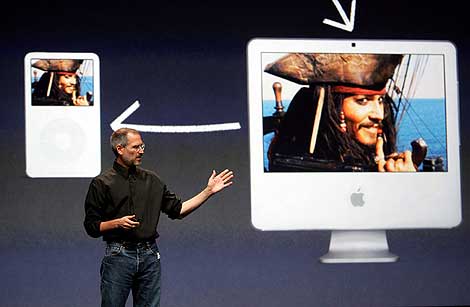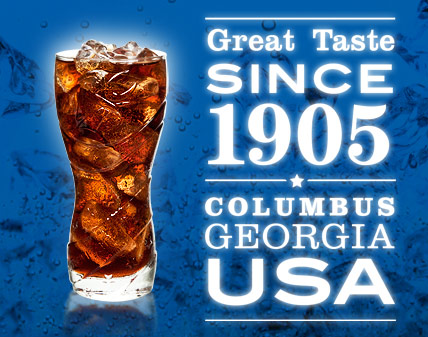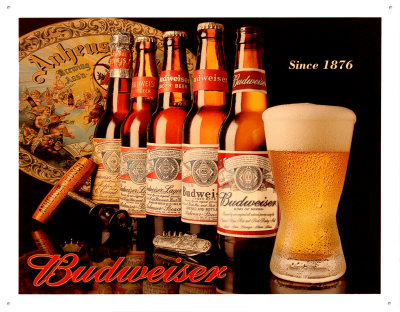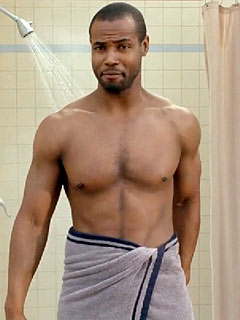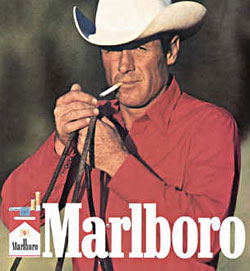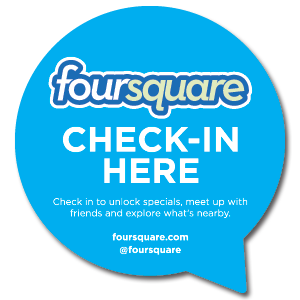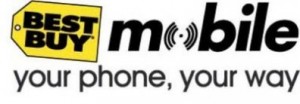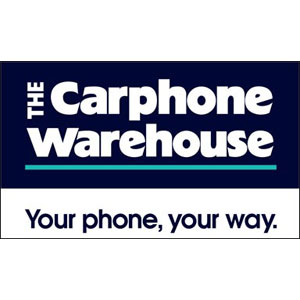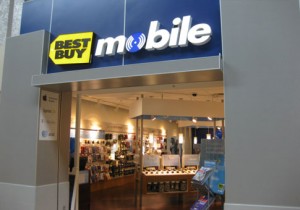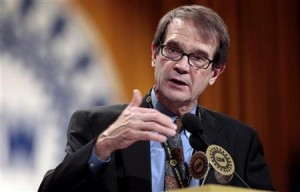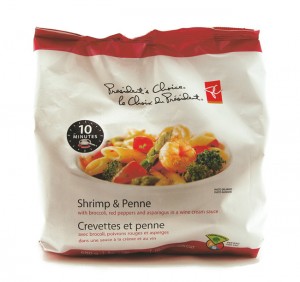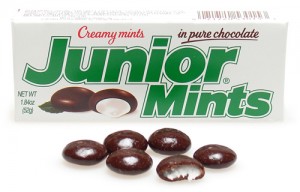I just read Sam Ng’s post on the importance of presentation skills, and it made me realize that many people underestimate how important the ability to present and communicate effectvely actually is…Bottom Line: If you cannot present, you will not be a successful business person.
All of one’s research, creative ideas, and suggestions mean absolutely nothing if they cannot be effectively communicated to a target audience. Sure, your ideas may be laid out perfectly in your head, but if nobody can understand them, how useful are they? This should always be kept in a student’s mind preparing for a career in business.
I found an external blog post by Heidi Jackman of sliderocket titled 7 Spicy Secrets, which provides 7 main tools needed to deliver an engaging presentation, and I’ll focus on 3 of these points..
1.CLEAR THE CLUTTER: Give your audience something that they can actually remember and take home, “inspire (rather than tire)”.
2. STRIKE UP A CONVERSATION: Don’t merely be a “talking head”; get your audence involved and “stimulate discussion”.
3.GET FEEDBACK: Use your audience as a tool to learn and grow. Let guests voice their opinions to inform you what worked (and what failed).
Steve Jobs introduces the iPad: A great presentation…take many notes.

